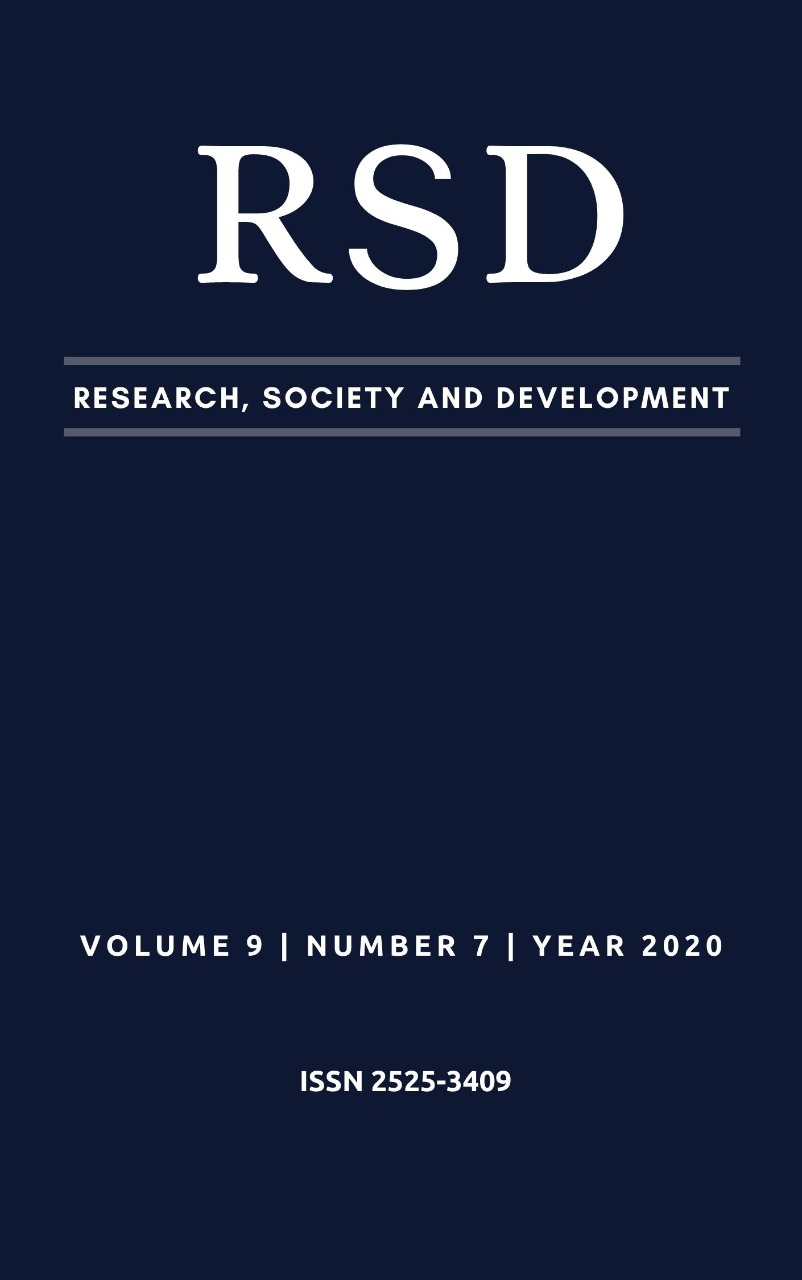Moda: su relación con el diseño de moda y la importancia de la enseñanza
DOI:
https://doi.org/10.33448/rsd-v9i7.4829Palabras clave:
Sistema de moda, Fenómeno social, Ropa, Enseñanza.Resumen
La moda es un fenómeno social y cultural que expresa los valores de la sociedad en términos de usos, hábitos y costumbres, en un momento dado, que integra el uso simple de la ropa a diario en un contexto político y sociológico complejo. El acto de vestirse es una forma de comunicación no verbal y la ropa asume el importante papel de transmitir significados relevantes de su emisor y también de colocarlo en su universo de pertenencia. En este artículo, el objetivo principal es resaltar el concepto de moda y la relación con el diseño de moda y la enseñanza. La metodología se basa en el estado del arte, en la perspectiva de la investigación cualitativa y en el enfoque descriptivo basado en tres trabajos principales, de los autores Barthes, Bourdieu y Lipovetsky. Se podría inferir que, a partir de la moda como un sistema basado en variaciones continuas y en el mundo contemporáneo y globalizado, el diseñador de moda se ve constantemente desafiado por nuevas tendencias materiales y de mercado y nuevos conceptos sociales y de comportamiento.
Referencias
Barthes, R. (1979). Sistema da moda. São Paulo: Cia. Editora Nacional.
Barthes, R. (2005). Inéditos 3: imagem e moda. São Paulo: Martins Fontes.
Barthes, R. (2006). Elementos de semiologia. São Paulo: Cultrix.
Bourdieu, P. (2007). Questões de sociologia. Rio de Janeiro: Marco Zero.
Calanca, D. (2011). História social da Moda. São Paulo: Senac.
Castilho, K. & Martins, M. M. (2005). Discursos da moda semiótica, design e corpo. São Paulo: Anhembi Morunbi.
Crane, D. (2009). A moda e seu papel social: classe, gênero e identidade das roupas. 2. ed. São Paulo: Senac.
Liger, I. (2012). Moda em 360º: design, matéria-prima e produção para o mercado glogal. São Paulo: Senac.
Lipovetsky, G. (1989). O império do efêmero: a moda e seu destino nas sociedades modernas. São Paulo: Schwarcz.
Löbach, B. (2001). Design Industrial: Bases para a configuração dos produtos industriais. Rio de Janeiro: Edgard Blücher.
Miskolci, R. (2007). A Teoria Queer e a questão das diferenças: por uma analítica da normalização. Disponível em: http://alb.com.br/arquivomorto/edicoes_anteriores/ anais16/prog_pdf/prog03_01.pdf. Acesso em: 14 jun. 2019.
Moura, M. (2008). A moda entre a arte e o design. In: PIRES, Dorotéia Baduy (org). Design de moda: olhares diversos. São Paulo: Estação das Letras.
Pereira, A. S., Shitsuka, D. M., Parreira, F. J., & Shitsuka, R. (2018). Metodologia da pesquisa científica. [e-book]. Santa Maria. Ed. UAB/NTE/UFSM. Disponível em: https://repositorio.ufsm.br/bitstream/handle/1/15824/Lic_Computacao_Metodologia-Pesquisa-Cientifica.pdf?sequence=1.
Treptow, D. (2013). Inventando moda: planejamento de coleção. São Paulo: Edição da Autora.
Vicent-Richard, F. (1989). As espirais da moda. Rio de Janeiro: Paz e Terra.
Descargas
Publicado
Número
Sección
Licencia
Los autores que publican en esta revista concuerdan con los siguientes términos:
1) Los autores mantienen los derechos de autor y conceden a la revista el derecho de primera publicación, con el trabajo simultáneamente licenciado bajo la Licencia Creative Commons Attribution que permite el compartir el trabajo con reconocimiento de la autoría y publicación inicial en esta revista.
2) Los autores tienen autorización para asumir contratos adicionales por separado, para distribución no exclusiva de la versión del trabajo publicada en esta revista (por ejemplo, publicar en repositorio institucional o como capítulo de libro), con reconocimiento de autoría y publicación inicial en esta revista.
3) Los autores tienen permiso y son estimulados a publicar y distribuir su trabajo en línea (por ejemplo, en repositorios institucionales o en su página personal) a cualquier punto antes o durante el proceso editorial, ya que esto puede generar cambios productivos, así como aumentar el impacto y la cita del trabajo publicado.


